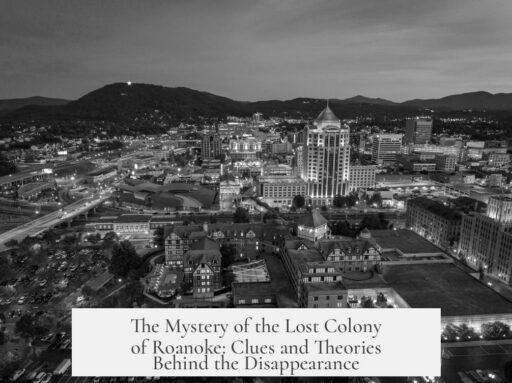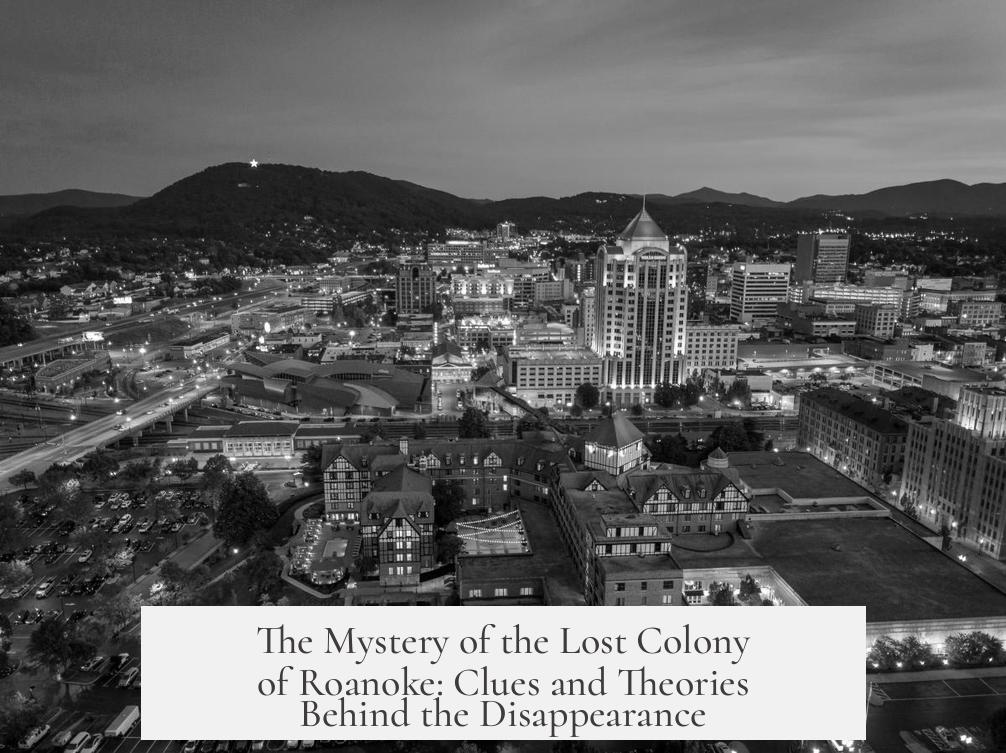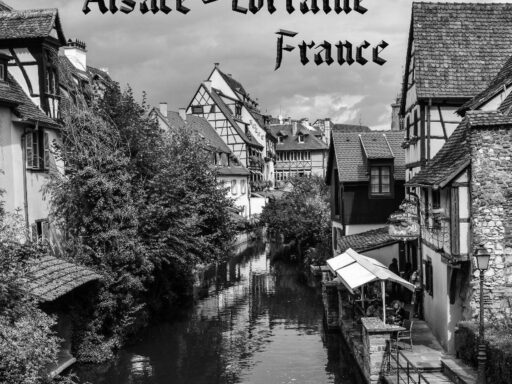The Lost Colony of Roanoke remains one of America’s greatest historical mysteries, yet strong evidence suggests the colonists did not vanish inexplicably. Instead, they likely abandoned Roanoke Island and integrated with local Native American tribes, particularly the Croatan people.
Historical accounts and recent research propose that the colonists moved down the Hatteras region and lived among indigenous communities. Archaeological finds on Hatteras Island support this view, indicating the presence of European artifacts linked to the settlers. This assimilation aligns with a pattern from the era where some settlers chose native life over the hardships of colonial survival.
The Croatan tribe plays a central role in this theory. Named by the English, the Croatan reportedly told British explorers about ancestors who were white and retained ties to British heritage. Many Croatan individuals had names matching the Roanoke colonists. Physical markers like carved trees directed early investigators toward Croatan territory, further supporting the connection.
Some scholars argue the narrative of a “mysterious disappearance” is overstated or even propaganda. The colonists were under pressure from English authorities to show profitability, but reality was harsh. They faced starvation and isolation. Defecting to native tribes offered a viable means of survival and escape from colonial demands.
There is a long historical precedent for settlers adopting indigenous ways of life, often leading to legal measures attempting to prevent such defections. This pattern strengthens the argument that Roanoke settlers followed a similar path.
Looking forward, DNA analysis offers a potential method to confirm this assimilation theory. By comparing DNA from current Native American populations in North Carolina, especially those with Croatan lineage, to any surviving descendants of the original colonists in England, researchers might find genetic links. Although challenging, this approach could yield definitive proof of intermingling.
- Evidence suggests Roanoke colonists moved and assimilated with Native tribes, especially the Croatan.
- The Croatan tribe’s oral history and names support European ancestry ties.
- Mystery framing may distort the colonists’ survival strategy amid hardship.
- Historical laws reveal common settler adoption of indigenous culture.
- DNA testing could provide concrete evidence of colonial integration with natives.




